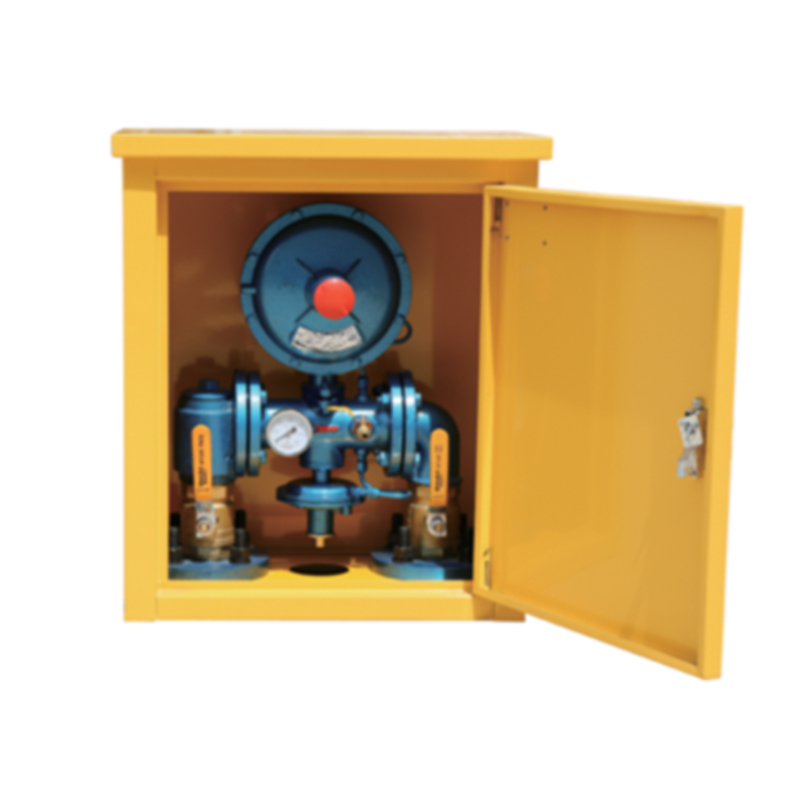
Dec . 11, 2024 05:51
Back to list
Gas Pressure Reduction Station Overview and Functionality Analysis
Gas Pressure Reduction Stations An Overview
Gas pressure reduction stations play a critical role in the distribution and management of natural gas. These facilities are essential components of the natural gas supply chain, ensuring that gas is delivered to consumers at safe and usable pressures.
Understanding Gas Pressure Reduction
Natural gas is transported across long distances via high-pressure pipelines, which are designed to efficiently move the gas from production sites to distribution centers. However, the pressure at which gas is transported—often exceeding 1,000 psi (pounds per square inch)—is too high for residential and commercial use. Therefore, all gas systems need mechanisms to reduce this pressure, and this is where gas pressure reduction stations come into play.
Function and Importance
A gas pressure reduction station is responsible for lowering the pressure of natural gas to safe levels for delivery. This involves several crucial steps, including the measurement of incoming pressure, the reduction of this pressure through various devices, and the distribution of the gas at the appropriate levels for consumers. The typical output pressure varies depending on the applicant's needs but generally ranges from 1 to 125 psi.
These stations are typically equipped with pressure regulators, which adjust the gas pressure to the desired level. Additionally, they have safety mechanisms in place to monitor the pressure continuously and ensure that it remains within safe limits. This is vital for preventing accidents, protecting infrastructure, and ensuring the safety of consumers.
Components of a Gas Pressure Reduction Station
.
2. Flow Meters These are employed to measure the volume of gas passing through the station, allowing operators to track usage and manage supply effectively.
محطة تخفيض ضغط الغاز

3. Safety Valves These are essential for protecting the system from overpressure situations. If the gas pressure exceeds certain limits, these valves will automatically open and release excess pressure, preventing potential failures or explosions.
4. Control Systems Modern gas pressure reduction stations often feature advanced control systems that provide real-time data on pressure, flow rates, and other critical parameters. Operators can monitor these systems remotely, enabling rapid response to any irregularities.
5. Bypass Systems In case of maintenance or emergency situations, bypass systems allow gas to flow around the reduction station, ensuring that supply is not interrupted.
Safety Considerations
Safety is paramount in the operation of gas pressure reduction stations. Operators adhere to strict regulations and safety protocols to mitigate risks associated with gas transportation and pressure management. Regular inspections and maintenance are carried out to ensure that all components function correctly, and staff members are trained in emergency response procedures.
In recent years, advances in technology have improved safety measures. For example, automatic shut-off valves can detect leaks or pressure anomalies and cease operations before significant damage occurs. Additionally, continuous monitoring systems alert operators of any irregularities in real time, allowing for swift intervention.
Environmental Impact
Beyond safety, gas pressure reduction stations are also subject to environmental considerations. The operations of these stations must comply with environmental regulations that mitigate emissions and minimize the impact on surrounding communities. Enhancements in technology are not only focused on safety but also on reducing the carbon footprint of natural gas distribution systems.
Conclusion
Gas pressure reduction stations are vital infrastructures that ensure the safe and efficient delivery of natural gas to residential, commercial, and industrial users. By lowering high transportation pressures to usable levels, these facilities play a strategic role in the broader gas supply chain. With a focus on safety, compliance, and environmental responsibility, the evolution of gas pressure reduction technology continues to enhance the reliability of natural gas distribution. As the demand for natural gas grows, innovative solutions will be necessary to meet the challenges of a changing energy landscape, making these stations more critical than ever.
Latest news
-
Safety Valve Spring-Loaded Design Overpressure ProtectionNewsJul.25,2025
-
Precision Voltage Regulator AC5 Accuracy Grade PerformanceNewsJul.25,2025
-
Natural Gas Pressure Regulating Skid Industrial Pipeline ApplicationsNewsJul.25,2025
-
Natural Gas Filter Stainless Steel Mesh Element DesignNewsJul.25,2025
-
Gas Pressure Regulator Valve Direct-Acting Spring-Loaded DesignNewsJul.25,2025
-
Decompression Equipment Multi-Stage Heat Exchange System DesignNewsJul.25,2025

